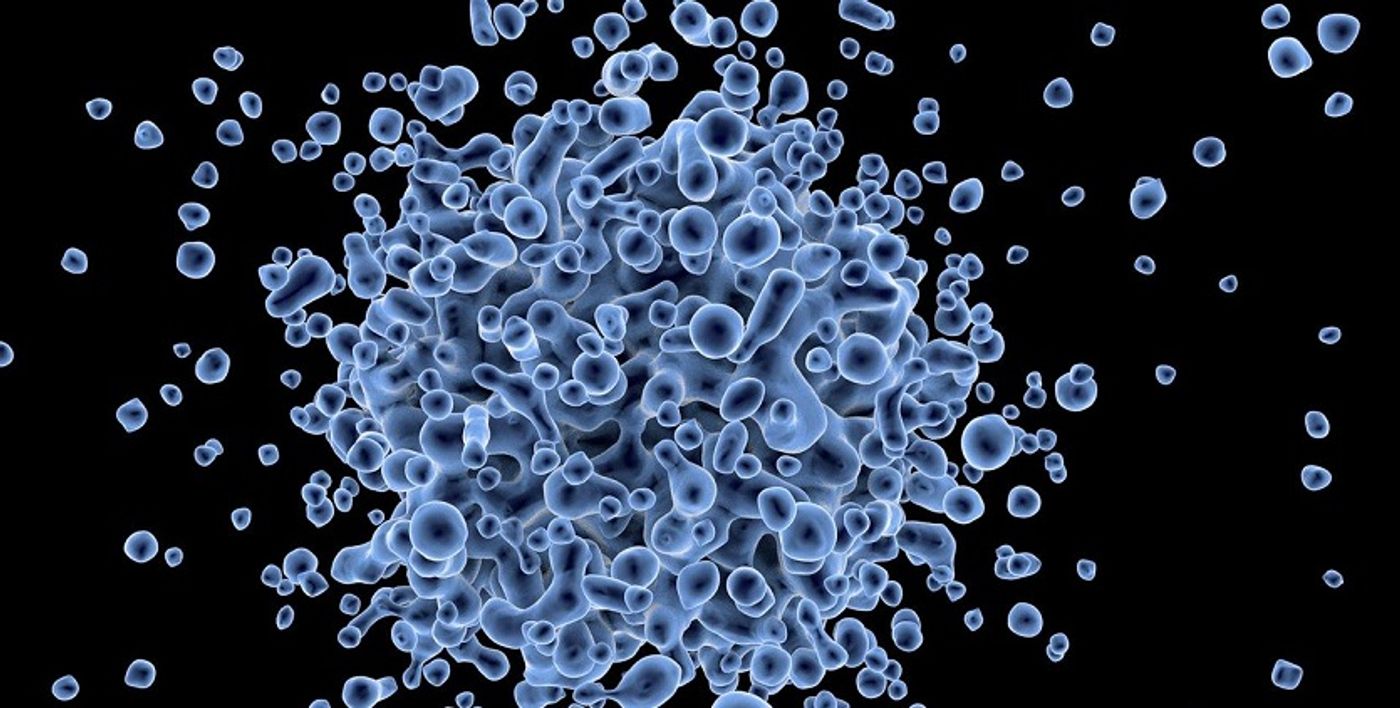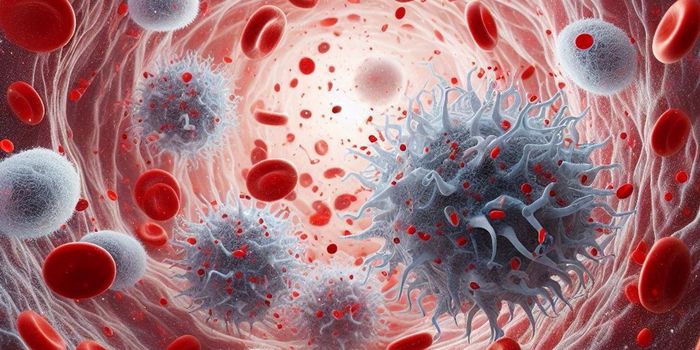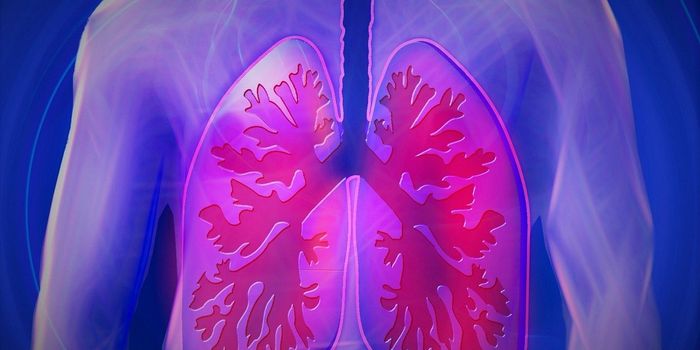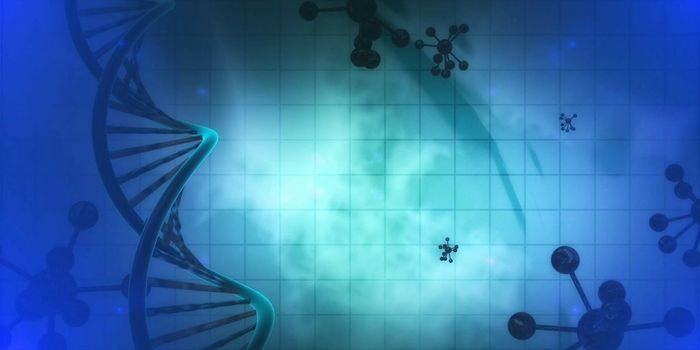A New Player in the Regulation of Cancer's Microenvironment
Breast cancer is one of the most common cancers in the world. Triple-negative breast cancer (TNBC) is a sub-type of breast cancer characterized by its appearance in younger women and its relative aggressiveness. TNBC is resistant to hormonal, chemo, and targeted therapies. A team from Taiwan conducted a cDNA array to identify any genes that were at abnormal levels in TNBC and found the multiple epidermal growth factor-like domain 11 (MEGF11) gene to be upregulated.
The MEGF family of proteins has been a target of research in recent years. MEGF10 was identified in previous work as a glioblastoma suppressor, and MEGF8 has been linked to Carpenter Syndrome. MEGF11 is still very new, with little research done to determine its role in the cell.
The group began by running some in vitro assays using two TNBC cell lines. They knocked out MEGF11 in both cell lines and measured the effect versus wild-type controls. The MEGF11 knockouts had significantly decreased growth compared to controls. They also noticed the inactivation of Akt, mTOR, and NF-kB pathways, which considering their importance in cellular proliferation, could account for the increased doubling time. They also noticed a decrease in the levels of several chemokines and pro-inflammatory cytokines.
Conversely, overexpressing MEGF11 increased the levels of the same chemokines and cytokines. Interestingly, it did not actually change the growth of the TNBC cell lines. Investigating into this, they found that only the Akt pathway had a significant increase in activation upon MEGF11 overexpression. The Akt pathway was proposed to be the cause of the increase in cytokine and chemokine production. One chemokine, IL-17a, was found to have a direct effect on MEGF11 levels. When MEGF11 was overexpressed, IL-17a also increased in levels. When IL-17a was added to a TNBC cell line culture, MEGF11 levels were found to increase.
IL-17a addition saw an increase in a few other chemokines and cytokines as well. A mouse experiment showed that a MEGF11 knockout TNBC tumor in mice showed decreased tumor size compared to controls. They also noted lower levels of TNBC cells in the blood, inferring a possible decrease in metastasis.
Altogether, the group proposes that MEGF11 has a role in the regulation of cytokine and chemokine production in TNBC. Many tumors often change the microenvironment surrounding them, which can prevent an immune response, stimulate growth, or even increase the likelihood of metastasis. MEGF11’s connection to IL-17a makes it a likely candidate for regulating the tumors microenvironment, as IL-17a is known to accumulate around tumors and influence the immune system. The team concludes, “Our results demonstrate that MEGF11 play important role in tumour survival and that overexpression of MEGF11 induces both cytokine and chemokine cascades, which in turn will bring about modulation of the tumour microenvironments within TNBC cells.”
Sources: Nature, Albert Einstein College of Medicine









